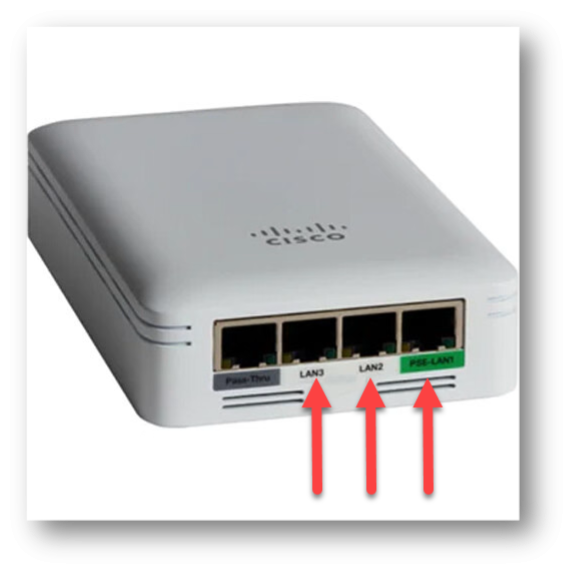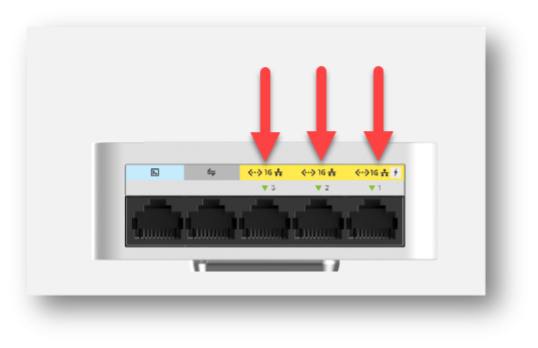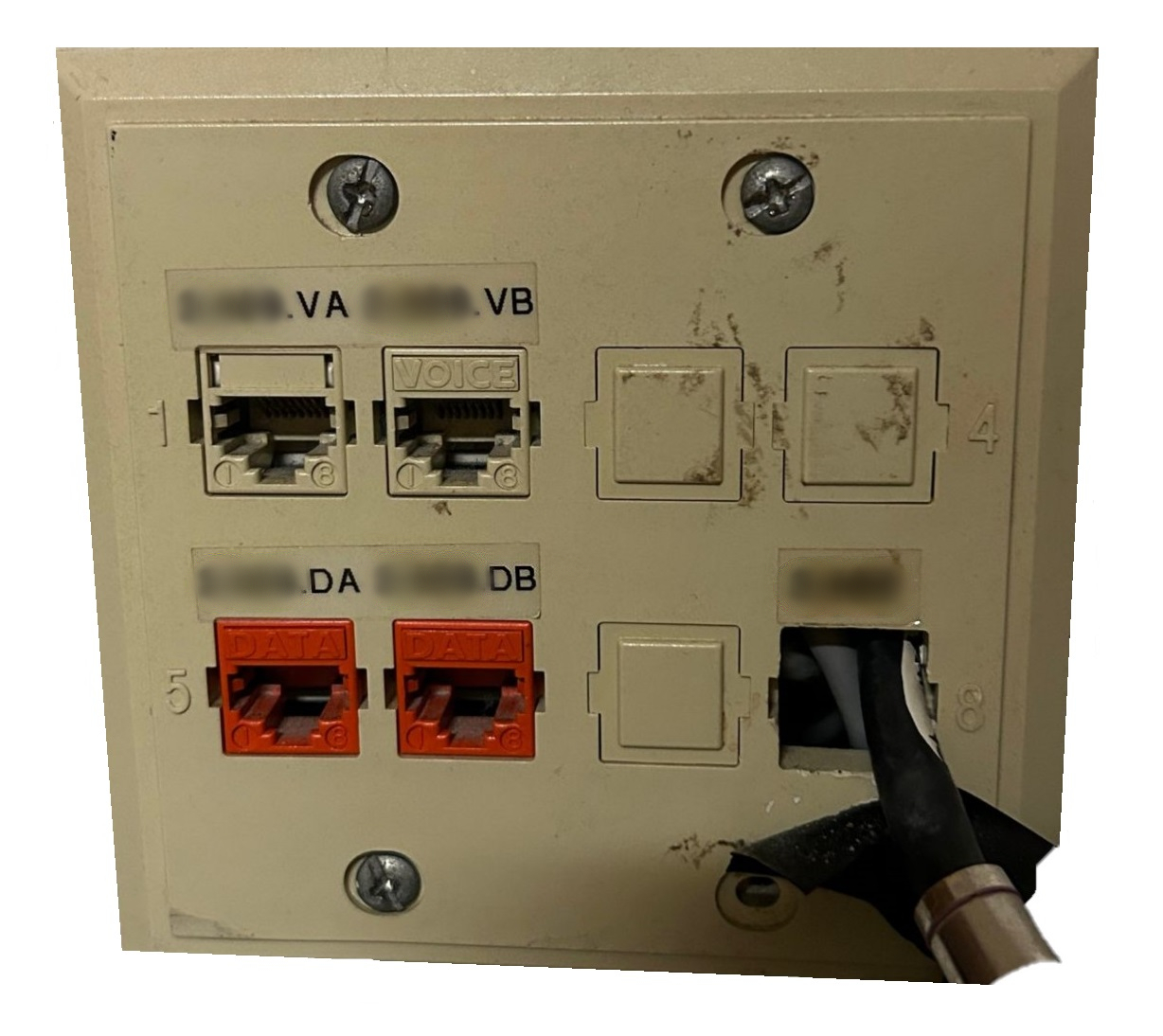Residential Internet
ResTek offers wireless (Wi-Fi) and Ethernet (wired) internet access in all rooms, common areas, and lounges in the Western Washington University residence halls. Here is a brief description of the different networks and their purposes. Instructions to connect your various devices can be found through the Get Online tab.
How can we help?
WWU Networks
This is the standard network you will want to connect your computer, phone, or tablet to. Secure provides encryption, meaning that your data cannot be spied on; which makes this network safe for sensitive things like online banking.
A security certificate will need to be downloaded before connecting to this network, but most devices automatically download this the first time you connect.
This network is not secure and is for our temporary conference or other guests. This network will also show up during the school year in some halls, but you will not have a need to connect to it if you are a WWU student or staff.
This network is also used to get game consoles and other devices online.
Eduroam (Education Roaming) is a service that allows visiting faculty, staff, and students from participating institutions to connect to secure Wi-Fi at other participating institutions around the world.
Wired internet service is provided as well if you so choose to use it. It is a common misconception that connecting via Ethernet will provide a higher throughput than wireless networks. However, wireless networks can often become busy and congested, which can impact the speeds and loading times of internet dependent services.
Wireless networks are also subject to periodic interference and can offer lower speeds than the theoretical highest throughput that it normally offers. What Ethernet does do is provide a stable and reliable connection with lower latency than the wireless alternative.
One thing to note is that only one Ethernet jack in most rooms is active (the left port). If that port is not working, please notify us using the contact methods below.
Access Points
Wall mounted access points have been installed in Mathes, Nash, Higginson, Fairhaven Stacks, and Alma Clark Glass.
Built-in access points are installed in Buchanan Towers, Ridgeway, and Birnam Wood.

Higginson & Nash Cisco 1815w AP
Access point features:
- Provides wireless internet access.
- Provides three active network jacks (see arrows in the image to the left).
- The left network jack is inactive and will not provide internet access.
- The network jack on the right (labeled PSE-LAN1) is Power over Ethernet (PoE) capable. For questions about using a PoE device, submit a ticket to ResTek.

Mathes, Fairhaven, & Alma Clark Glass Cisco 9105 AP
Access point features:
- Provides wireless internet access.
- Provides three active network jacks (see arrows in the image to the left).
- The two network jacks on the left are inactive and will not provide internet access.
- The network jack on the right (with the lightning bolt symbol) is Power over Ethernet (PoE) capable. For questions about using a PoE device, submit a ticket to ResTek.

Ridgeway & Birnam Wood AP
Access point features:
- Provides one active network jack, typically the A port (if A and B), the C port (if C and D), or the left colored port.
- In rooms where there are two sets of ports the active one will be on the left side of the room when facing into the room from the door.
- The other network jacks are inactive and will not provide internet access. Unfortunately, no additional ports may be activated.
If you would like more information on how to connect via Ethernet, visit our webpage or contact us.